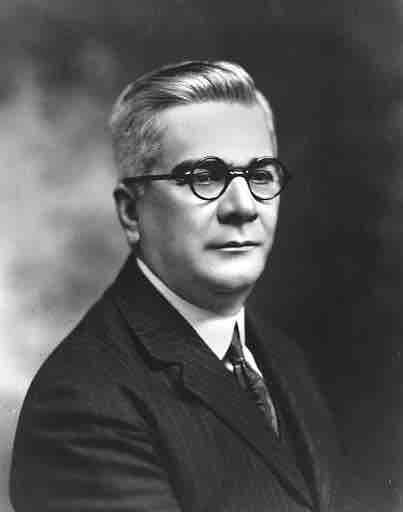Cuban Art
Cuban art is a very diverse cultural blend of African, European and North American aesthetic influences that reflect the island's demographics. Cuban artists embraced European modernism and the early part of the 20th century saw a growth in Cuban Vanguardism movements, characterized by a mixture of modern artistic genres. Some of the more celebrated 20th century Cuban artists include Amelia Peláez (1896-1968), best known for a series of mural projects, and painter Wifredo Lam (1902-1982) who created a highly personal version of modern primitivism.
Untitled painting, by Amelia Pelaez, 1947
This Amelia Pelaez painting exemplifies her unique and vivid style.
Vanguardia
By the late 1920s, the Vanguardia artists had rejected the academic conventions of Cuba's national art academy. In their formative years, many had lived in Paris, where they studied and absorbed the tenets of surrealism, cubism, and modernist primitivism. Modernism burst on the Cuban scene as part of the critical movement of national regeneration, which arose in opposition to American neo-colonial control, the dictatorship of Gerardo Machado, and the consequent economic crisis. They returned to Cuba committed to new artistic innovation and keen to embrace the heritage of their island. These artists became increasingly political in their ideology, viewing the rural poor as symbols of national identity in contrast to the ruling elite of post independence Cuba.
Pioneers of the Vanguardia movement include Antonio Gattorno, Eduardo Abela, Fidelio Ponce de León, and Carlos Enríquez Gómez. Gattorno's oil painting The Siesta represents the starting point of the surrealist cycle. Born around the turn of the century, these artists grew up in turmoil of constructing a new nation and reached maturity when Cubans were engaged in discovering and inventing a national identity. They fully shared in the sense of confidence, renovation, and nationalism that characterized Cuban progressive intellectuals in the second quarter of the twentieth century.
Modern Primitivism
Antonio Gattorno and Eduardo Abela were the earliest painters of their generation to adapt modern European and Mexican art to the interpretation of their Cuban subjects. They also found in the directness and idealization of early Renaissance painting an effective model for their expression of Cuban themes. These painters' images, for all their differences, shared a modern primitivism view of Cuba as an exotic, timeless, and rural land, inhabited by simple and sensual, if also sad and melancholic people. Although rooted in Cuba's natural and cultural environment, the vision of lo cubano (the Cuban) was far removed from contemporary historical reality. Instead it was based on an ideal conception of patria that had been a component of Cuban nationalism and art since the nineteenth century. The emphasis which Enríquez and Ponce placed on the themes of change, transformation, and death have had an enduring impact on Cuban art.
Naïve Art
According to European and North American Art critics, Naïve art is usually characterized by its childlike freshness and "amateurish" qualities. Artists who work in this style are generally acknowledged as favoring a more "primitive" or "folk" style of art. The term naïve itself can be problematic, usually meaning an artist is self-taught, it has been used in the past by academic artists or critics as a derogatory term, since naïve artists tend to ignore the basic rules of art, especially those regarding perspective. In spite of ignoring these academic conventions, naïve artists are generally quite sophisticated in their personal forms of artistic expression. The colors used in Cuban naïve art are especially vivid, with artists using the vibrant colors of its tropical home. Art work offers an idealized view of rural life, spiritual references to both Catholicism and Santeria's Orichas (deities), legends, and other aspects of Afrocuban culture—past and present. This naïve style of art portrays the typical Cuban worldview of the enjoyment of life despite its hardships.
Cuban Art After 1930
The masters of the first generation of Cuban modernism set the stage for the prevalence of certain themes that would govern Cuban art after 1930, and which would have varying degrees of impact on those generations that would later emerge entirely in exile after 1960. Between 1934 and 1940, and still reeling from the overthrow of President Machado, Cuba was searching for its cultural identity in its European and African roots. The landscape, flora, fauna, and lore of the island, as well as its peasants - the often neglected foundation of Cuba's soul and economy - emerged in its art. Modern Cuban artists continue to create significant work in this tradition, including Juan Ramón Valdés Gómez (called Yiki) and Jose Angel Toirac Batista.

President Geraldo Machado, 1871 - 1939
Geraldo Machado was President of Cuba from 1925 until he was overthrown in 1933.